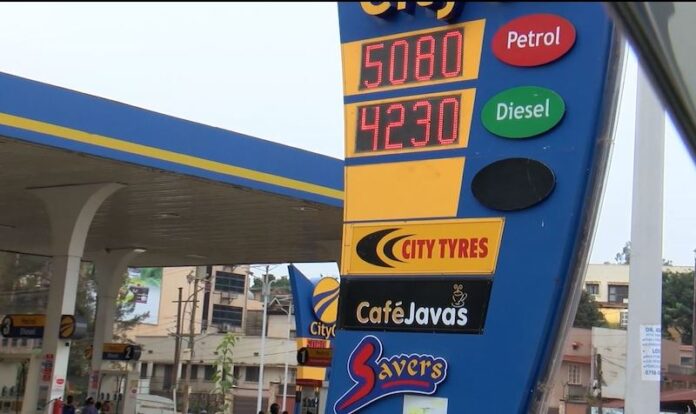As Uganda witnesses another surge in fuel prices, motorists are feeling the pinch. Over the past fortnight, various gas stations have increased their prices by increments of between Shs80 and Shs300, nudging the overall pump prices just over the Shs5,000 mark.
A Growing Concern Among Traders
Despite some forecourts keeping their prices unchanged, the rising trend has sent waves of concern throughout the business community. The Chairperson of the Kampala City Traders Association (Kacita), Mr. Thadeus Musoke Nagenda, voiced his concerns over the price hike, stating that such a rise, especially during a period of stable inflation, is bound to affect the already strained cost of living.
Understanding the Price Hike
Global production cuts have been cited as a reason for the steady price hike of fuel in recent months, with some relief last month. However, a decrease in the number of motorists refueling this year as compared to previous years has added an intriguing twist to the situation. Kampala, in particular, is seeing sharper increases than other regions.
Historically, prices had dropped from highs of Shs6,500 and Shs10,000 per liter of gasoline and diesel in 2022. This fall played a significant role in combating inflationary pressures. But the latest surge, experts claim, isn’t just due to oil prices, even though the price of crude oil globally has risen from $77.91 (Shs282,000) in April to $82.58 (Shs306,000) recently.
Rev Frank Tukwasibwe, the Energy Ministry’s commissioner of petroleum, shed light on the matter, explaining that factors such as the depreciating shilling, transportation costs, and international oil prices play a role in the volatility of fuel prices in Uganda.
Environmental Factors at Play
Another significant factor impacting fuel prices is the weather conditions in the Arab Gulf, a primary source of diesel for Uganda. The region is witnessing soaring temperatures, threatening to breach the 2017 record of 42.1°C. Such extreme temperatures jeopardize the operations of oil refineries, which are optimized for temperatures between 30°C and 35°C. As a result, many refineries have curtailed their production, leading to a reduced supply in the market.
Furthermore, Saudi Arabia, a significant player in the global oil market, reduced its oil production to stabilize the market. Such decisions, coupled with benchmarks set by Platts, a provider of energy and commodity information, have a cascading effect on the prices witnessed in Uganda.
The Broader Global Context
Antony Ogalo, the general manager of Uganda’s Sustainable Energies and Petroleum Association (SEPA), contextualized the situation against global trends. The resurgence in oil demand from countries like the US and China, post their recovery from the economic impact of COVID-19, has driven prices up.
The Road Ahead
Despite the challenges posed by rising fuel prices, the government remains hopeful. Rev Tukwasibwe is optimistic about a short-term drop in prices and emphasizes the importance of fair competition. However, there’s a consensus on the need for a strategic solution to handle volatile fuel prices in the long run.
In the midst of these concerns, Mr. Moses Kayiwa, a local boda boda rider, encapsulated the public sentiment, urging for a possible fuel subsidy. Such considerations, President Museveni mentioned, could be deliberated if external factors significantly disturb the nation’s fuel prices.
As traders, motorists, and everyday citizens bear the brunt of these escalating costs, the nation waits in anticipation for measures that might alleviate the pressure on the common man

